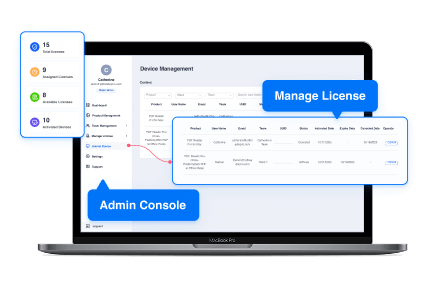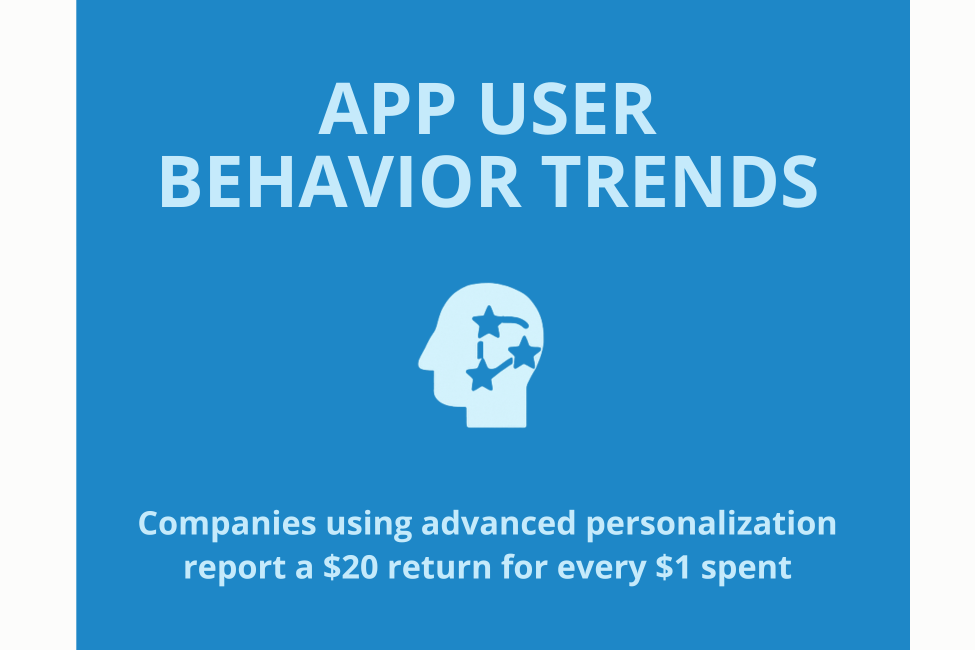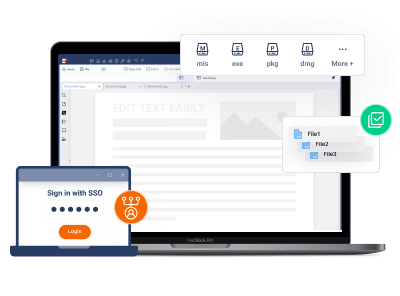
40 App User Behavior Trends Backed by Research

If you work in the technology industry, you will want to take note of these app user behavior trends.
You can also see our email marketing statistics to gain more insight into outreach trends.
Personalization & AI‑Driven Experiences
Optimizing your workflow using AI can help to boost engagement but it needs to create a personalized interface for users to be effective. See how users interact with these experiences:
- Companies that use advanced personalization report a $20 return for every $1 spent, and 58% of marketers say personalization delivers a 10% results lift (Source: Forbes)
- AI and machine learning enable dynamic gamification tailored to individual user behaviors, improving engagement (Source: Smartdev)
- Apps with interactive onboarding flows see a ~50% increase in user activation compared to static tutorials (Source: Userguiding)
- Personalized push notifications can triple reaction rates and increase overall engagement by about 40% (Source: Magenative)
- Push notifications optimized by AI can boost engagement by up to 88%, with personalized messages raising conversion rates by 27% (Source: Bryj)
- A/B testing (e.g. Airbnb) led to a 9% increase in key metrics; experimentation boosts retention & revenue by up to 25% (Faster Capital)
- By 2025 (this year at the time of publication), proactive AI interactions will exceed reactive ones (Source: Gartner)
- Voice-based conversational commerce to reach $290 billion in 2025 thanks to inclusive, and hands-free interactions across languages (Source: Juniper Research)
- Around 83% of customers stay loyal to brands that resolve issues with emotional understanding (Source: Khoros)
- Digital twin AI is creating virtual replicas of users to test UI changes, and evaluate engagement strategies without risking real users (Source: APMdigest)

Gamification Boosts Retention
It is becoming increasingly clear that gamification works, whether it's to help users learn languages or keep users on the apps they have downloaded.
- Brands incorporating gamification features in apps see retention rates increase by around 22% (Source: Optimove)
- Average users open an app approximately 3.6 times per day in brief sessions, often under five minutes (Source: PAS)
- Smart onboarding design can boost activation by 50%, and better UI increases conversions by 200% (Source: Techtose)
- Over 50% of installed apps are deleted within 30 days; top apps achieve D1 ≈58% and D7 ≈38–40% retention (Source: Reddit)
- Unpredictable reward schedules such as badges and XP trigger dopamine release and keep users engaged for longer (Source: SaaS Desiger)
- Trailhead saw a 40% increase in user engagement and a 20% lift in feature adoption after introducing badges, points, and ranking systems (Source: Salesforce)
- Language-learning apps like Duolingo experience +5% retention per streak day, leading to a 30-34% retention rate (Source: University of Colorado Study)
- Walking challenges in fitness apps increased participants’ daily steps by an average of 23% during gamified competitions (Source: Emerald)
- Workplace gamification leads to 23% higher productivity, 17% greater profitability, and 31% lower voluntary turnover among employees (Source: Hackerstone)
- Educational and corporate training that uses game elements achieves 90% course completion and boosts knowledge retention by up to 45% (Source: Build Empire UK)

The Power of Cross-App Experiences
Being connected to other apps can boost the usage rates of apps and mobile apps remain the most popular form of interaction for users worldwide.
- Smartphone users interact with around 9 apps daily and 30 monthly, highlighting the importance of seamless cross‑app experiences (Source: Tech Crunch)
- Apps with community features like social sharing, forums, or leaderboards see session lengths extended by about 27% (Source: Send Bird)
- Deep linking from web to app improves owned-media conversion by 64%, particularly in shopping (+21%) and entertainment (+15%) (Source: Apps Flyer)
- Nearly 50% of users open apps 11+ times daily, while 21% of millennials open apps 50+ times/day, improving conversion opportunities (Source: Quanti)
- Mobile app users convert 157% higher than mobile web users. Shopping apps convert +220%, entertainment +233% more (Source: Quanti; Vogue)
- Rich SMS (MMS/RCS) with visuals yields 52% higher click-through rates compared to plain SMS (Source: Reload Media)
- An average smartphone user installs around 80 apps, but uses only about 9 per day and revisits 30 monthly (Source: Neojn)
- Apps that enable cross-device engagement and synced content reduce user churn by allowing users to pick up where they left off (Source: Faster Capital)
- Using shared credential systems (like OAuth or secure keyring services) prevents users from juggling multiple logins across related apps (Source: Faster Capital)
- Employees switch between applications nearly 1,200 times per day, spending up to four hours weekly reorienting after each switch (Source: MDPI)

Predicting Churn Rates & Windows
Predict churn rates based on these statistics which suggest that certain operating systems and analytics systems work best to retain users.
- Industry benchmarks show Day 1 retention around 25%, dropping to about 5–6% by Day 30 (Source: Get Stream)
- Many apps use AI-driven analytics to predict churn risk, enabling targeted retention interventions (Source: Join Genius)
- Advanced models like TIM schedule notifications at optimal times based on user behavior, increasing clicks without causing fatigue (Source: Arxiv)
- Non-gaming apps saw a 20% rise in in-app purchases; combining purchase and ads (IAA) yield ~26% growth (Source: Apps Flyer)
- A semi-supervised deep embedding model applied to user-game interactions achieves superior churn prediction accuracy (Source: Keramati et al)
- By transforming temporal usage data into image-like features, convolutional neural networks and autoencoders reached an AUC of 0.743 for churn prediction among 6 million users (Source: Arxiv)
- On devices that use iOS, the average Day‑1 retention is about 25.65%, and on Android about 23.01% (Source: Business of Apps)
- Apps typically lose 77% of daily active users within the first three days after installation (Source: Survicate)
- Shopping apps retain roughly 39% of users at the 30 day mark, which is significantly higher than average rates (Source: Idea Usher)
- Regular, relevant push notifications can increase retention by 30%, and personalized ones by up to 300% (Source: Zipdo)
Monitor our blog weekly to see more blogs about user behavior and guides to the latest PDF editing software.





